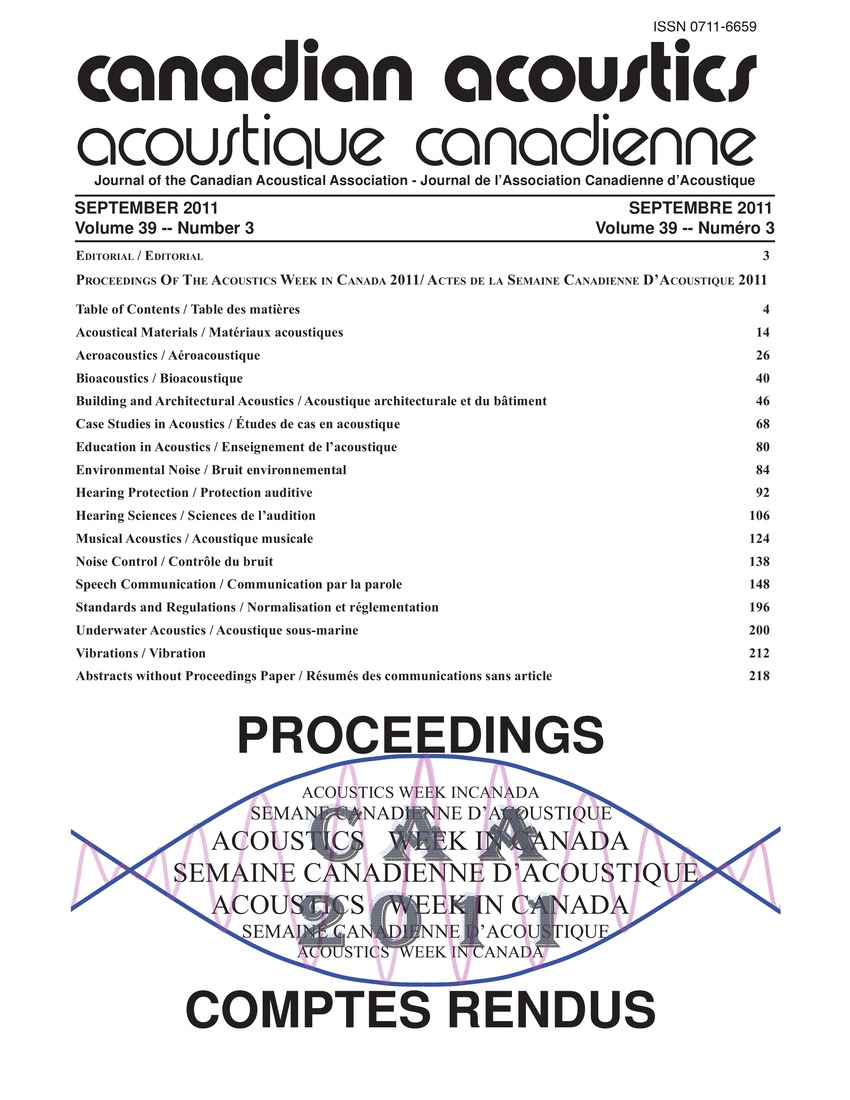Source localization of aircraft engines with circular microphone arrays
Keywords:
Acoustics, Beamforming, Inverse problems, Microphones, Acoustic sources, Aeroengines, Conventional beamforming, Engine test, Exhaust noise, Experimental data, Far field, Free fields, Hybrid method, Inverse modeling, Laboratory test, Microphone arrays, Noise source, Source identification, Source localizationAbstract
Turbo-engines are an important of exterior noise of jet aircraft. Many researchers have attempted to develop methods to identify and locate the various noise sources of aero-engines. The general idea of these approaches is to improve the performance of beamforming by estimating the assigned distribution of sources through the solution of an inverse problem. The goal of this research is the discrimination of inlet and exhaust sources in aircraft engines using far field microphone arrays. The proposed acoustic source identification method in this study is based on a combination of inverse modeling and conventional beamforming. A laboratory test set-up was designed to validate the source identification approach. A small-scale replica of a free field static engine test was installed in a hemi-anechoïc chamber. The results of experimental data show that the Hybrid method is an effective technique for discrimination of inlet and exhaust noise in aero-engines.Additional Files
Published
How to Cite
Issue
Section
License
Author Licensing Addendum
This Licensing Addendum ("Addendum") is entered into between the undersigned Author(s) and Canadian Acoustics journal published by the Canadian Acoustical Association (hereinafter referred to as the "Publisher"). The Author(s) and the Publisher agree as follows:
-
Retained Rights: The Author(s) retain(s) the following rights:
- The right to reproduce, distribute, and publicly display the Work on the Author's personal website or the website of the Author's institution.
- The right to use the Work in the Author's teaching activities and presentations.
- The right to include the Work in a compilation for the Author's personal use, not for sale.
-
Grant of License: The Author(s) grant(s) to the Publisher a worldwide exclusive license to publish, reproduce, distribute, and display the Work in Canadian Acoustics and any other formats and media deemed appropriate by the Publisher.
-
Attribution: The Publisher agrees to include proper attribution to the Author(s) in all publications and reproductions of the Work.
-
No Conflict: This Addendum is intended to be in harmony with, and not in conflict with, the terms and conditions of the original agreement entered into between the Author(s) and the Publisher.
-
Copyright Clause: Copyright on articles is held by the Author(s). The corresponding Author has the right to grant on behalf of all Authors and does grant on behalf of all Authors, a worldwide exclusive license to the Publisher and its licensees in perpetuity, in all forms, formats, and media (whether known now or created in the future), including but not limited to the rights to publish, reproduce, distribute, display, store, translate, create adaptations, reprints, include within collections, and create summaries, extracts, and/or abstracts of the Contribution.


